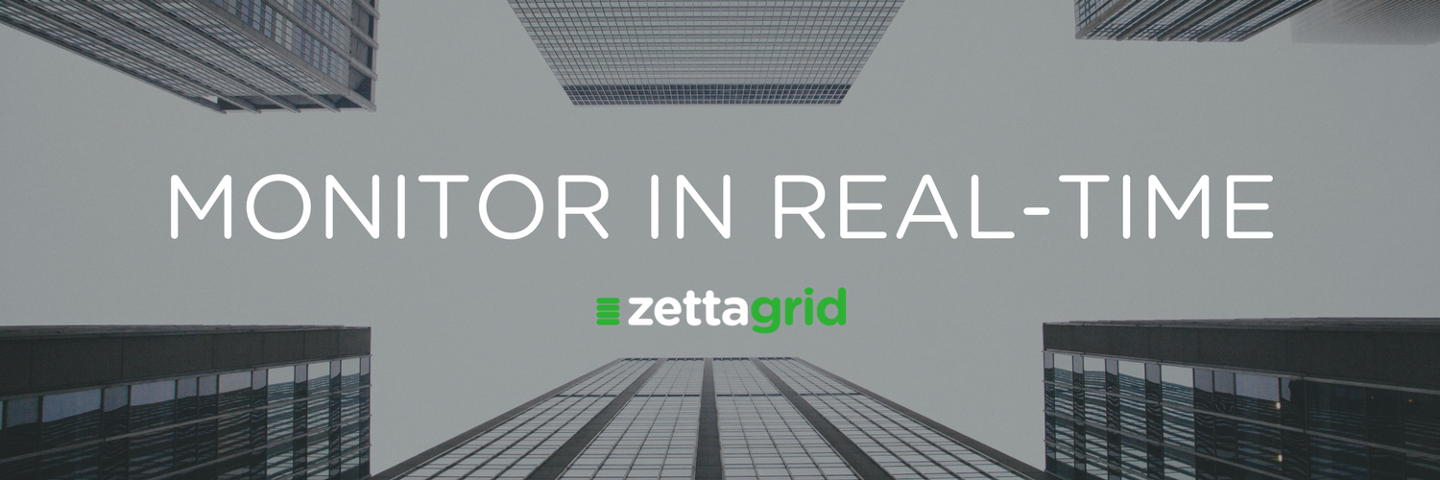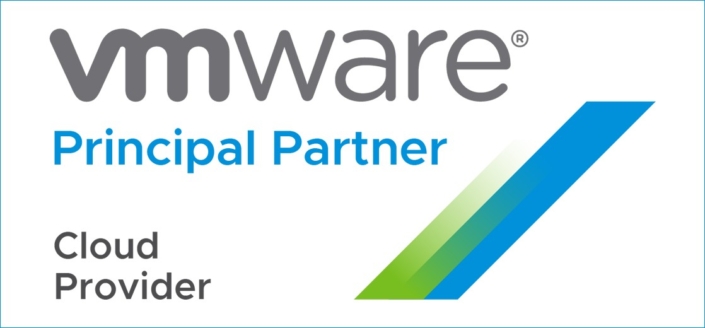Multiple Availability Zones. What Does This Mean For Your Business?

Risk is inherent in any undertaking and the risk of IT failure in business is a threat organisations need to take seriously. There are dire consequences for not having some form of risk mitigation in place for IT failures.
Data Protection + High Availability = Business Survival
IT failures are unpredictable and could originate from anywhere
There are many potential failures which could affect an IT environment. These failures could be as a result of local failure incidents such as user errors, hardware component or full system failures. Failures could also result from full environment-wide disasters which could range from a full data centre or site failure to a catastrophe negatively impacting an entire city or region.
Backups first
Data and System backups are the bare minima an organisation needs when implementing a risk mitigation strategy for IT failures and disasters. However, in a world where uptime is directly related to profit and reputation, legacy backups will no longer suffice.
Disaster Recovery next
Businesses today at very least need an enterprise-grade disaster recovery solution. However, to ensure maximum uptime and true resilience in the face of a disaster, businesses should augment their disaster recovery solution with a robust and resilient business continuity service enabled and delivered through high availability.
Ultimately you need Business Continuity
True disaster recovery business continuity solutions must mitigate all downtime risks and ensure systems remain available. Each risk, no matter its size, origin or impact affects the availability of online systems.
Failures which impact the availability of online systems have a real business impact and could affect the viability of a going concern due to the negative effect system down time has on revenue and brand reputation.
Cloud Disaster Recovery is resilient and affordable
Cloud service providers like Zettagrid offer industry leading cloud-based disaster recovery business continuity solutions at a cost affordable to most organisations.
Service providers must ensure they build redundancy into their platform
True enterprise cloud disaster recovery business continuity service providers need to have their own built-in redundancy to ensure they can offer their customers true high-availability.
Zettagrid meets these criteria and guarantees its service through its multiple availability zones.
Service providers also need to have geo-redundancy
Enterprise disaster recovery solutions commit to high levels of redundancy and availability to mitigate against predictable downtime risks such as user error or hardware failure.
However, it is often large-scale unpredictable disasters such as floods, earthquakes, tsunamis etc. which could have the largest negative impact on most businesses. To mitigate this risk, cloud service providers need to ensure they have a geographically dispersed redundant platform.
Zettagrid leads the way with geo-redundant availability zones
Zettagrid runs multiple availability zones, located in Perth, Sydney, Melbourne, Brisbane, Jakarta and Cibitung with each running separate isolated instances of their infrastructure to mitigate the risk of a large-scale disaster affecting an entire city or region.
These multiple availability zones not only protect the Zettagrid cloud but also contain key benefits for Zettagrid customers.
Find out more information about Zettagrid cloud service by visiting the Zettagrid Indonesia website.
*This article originally taken from blog.zettagrid.com




